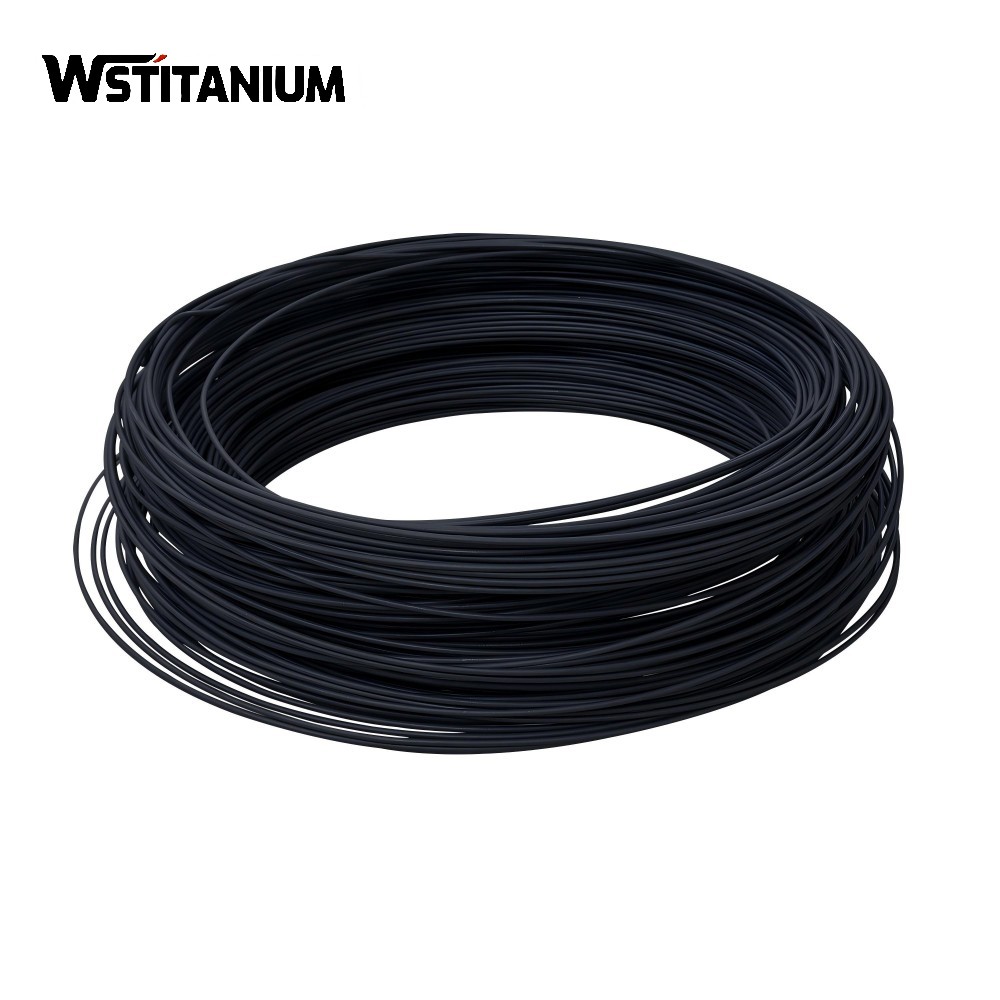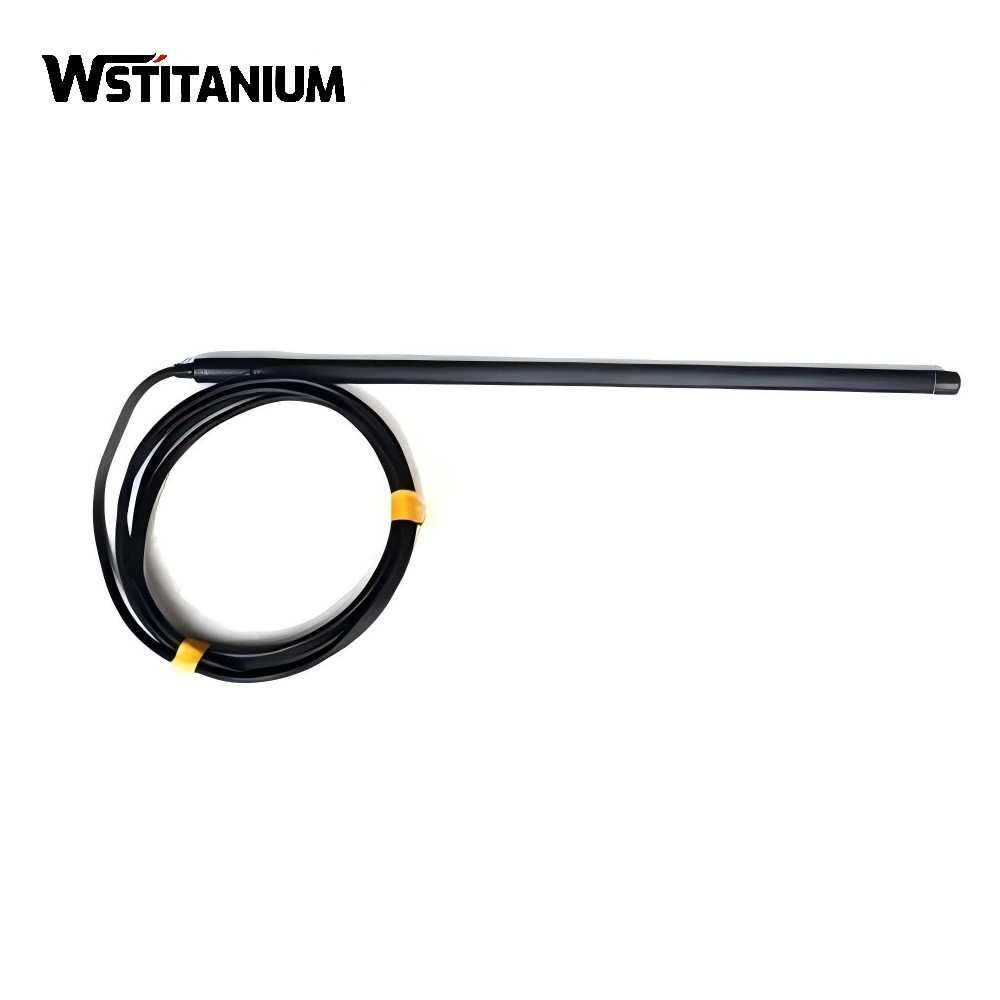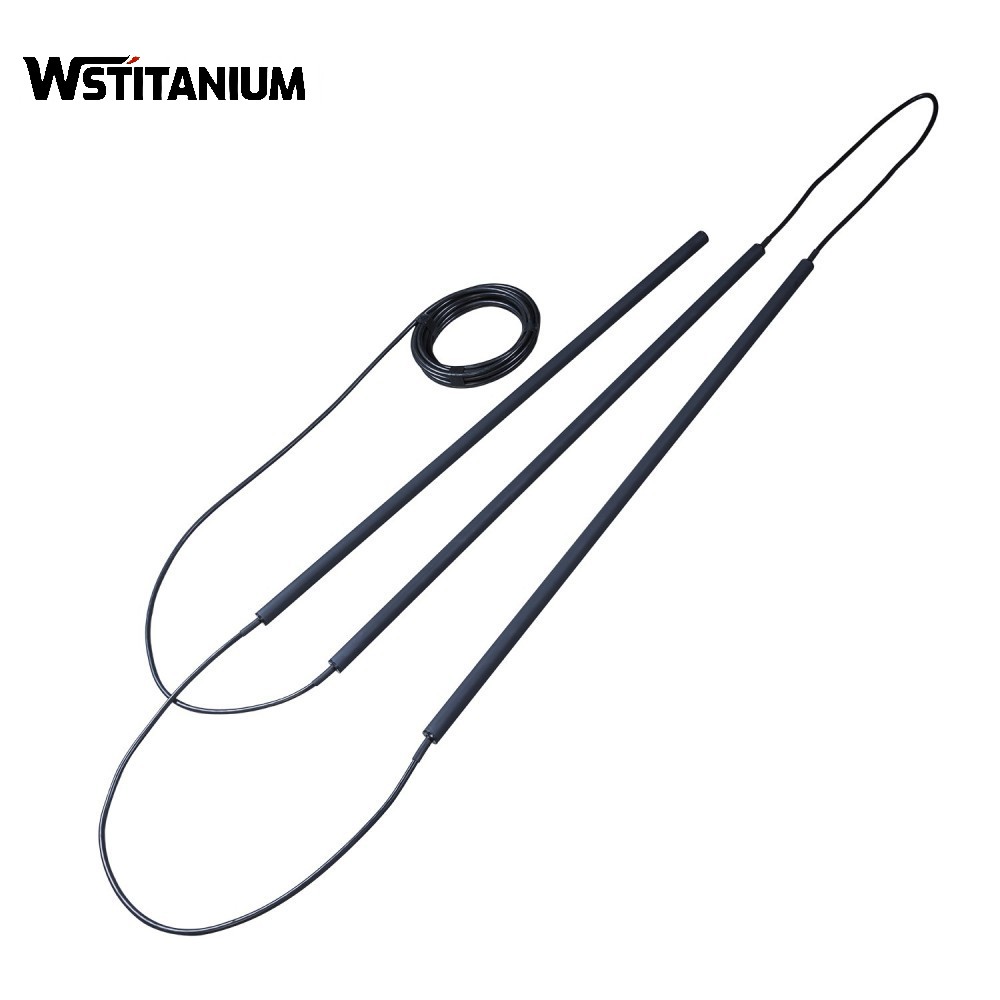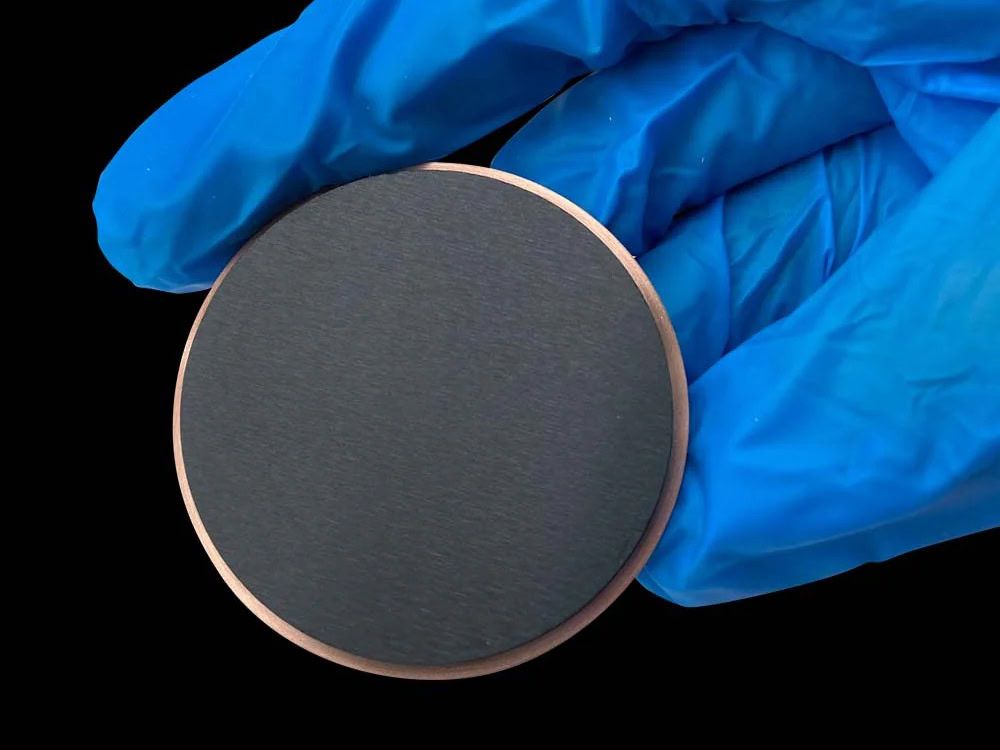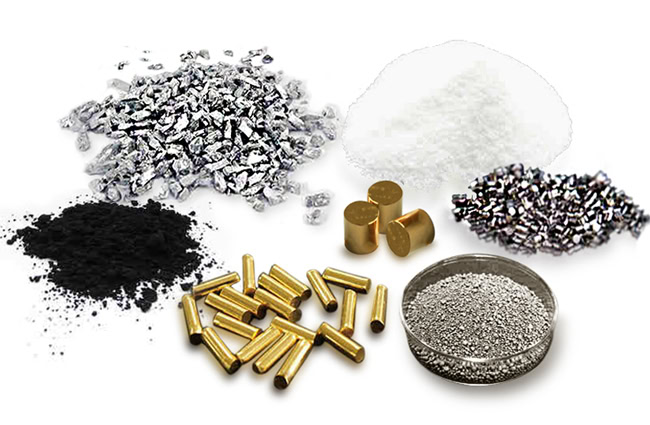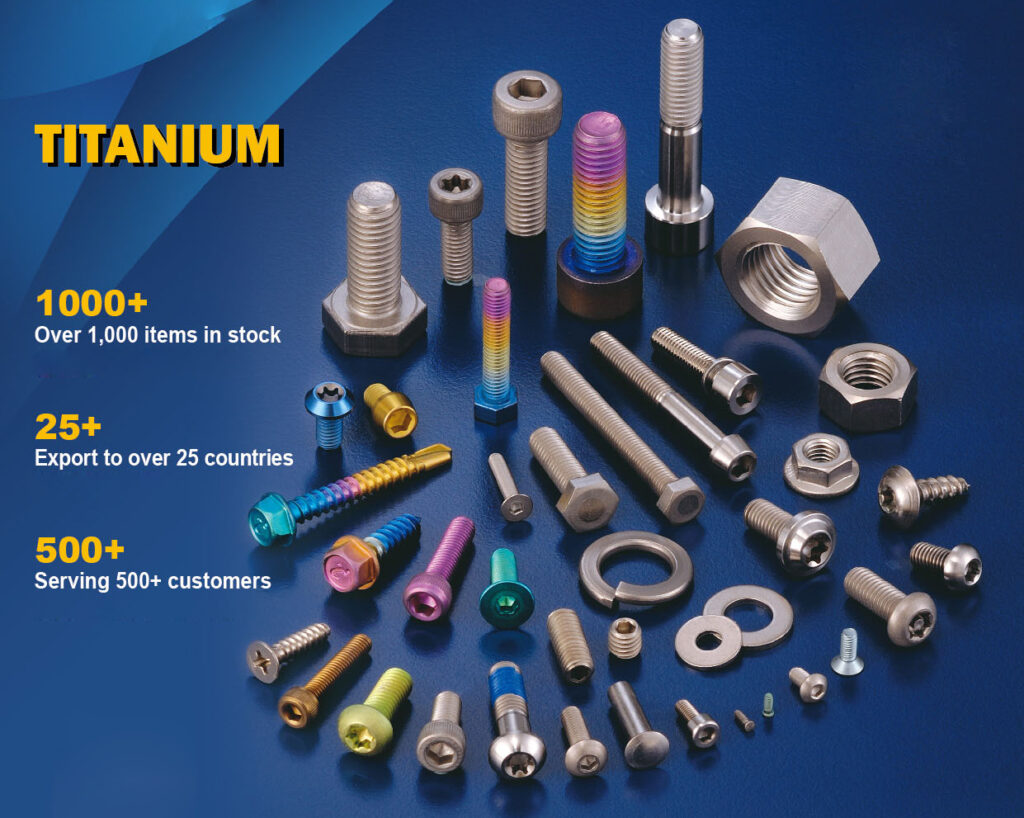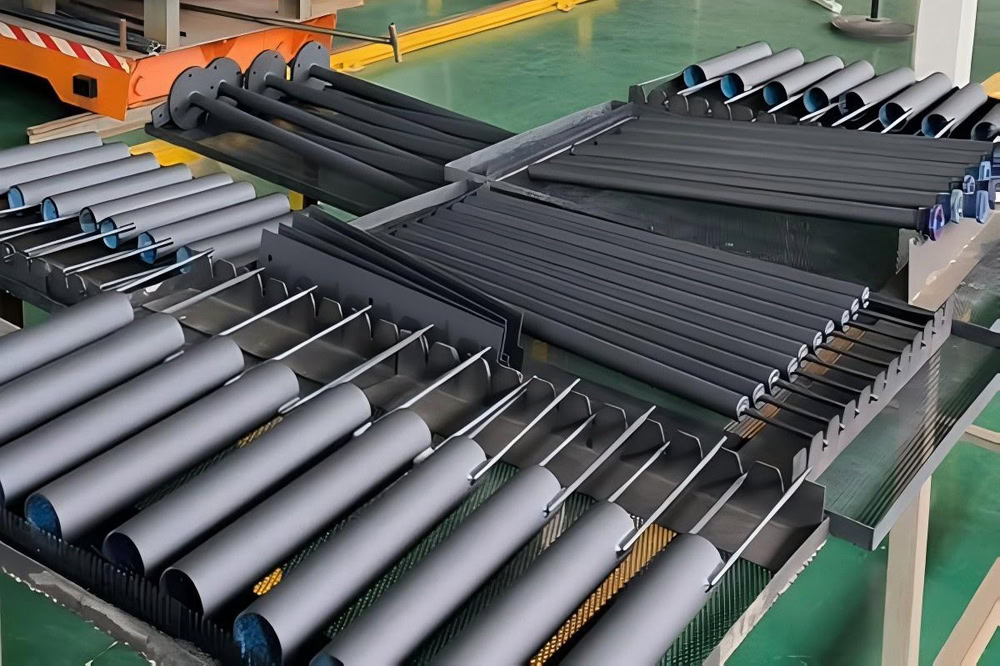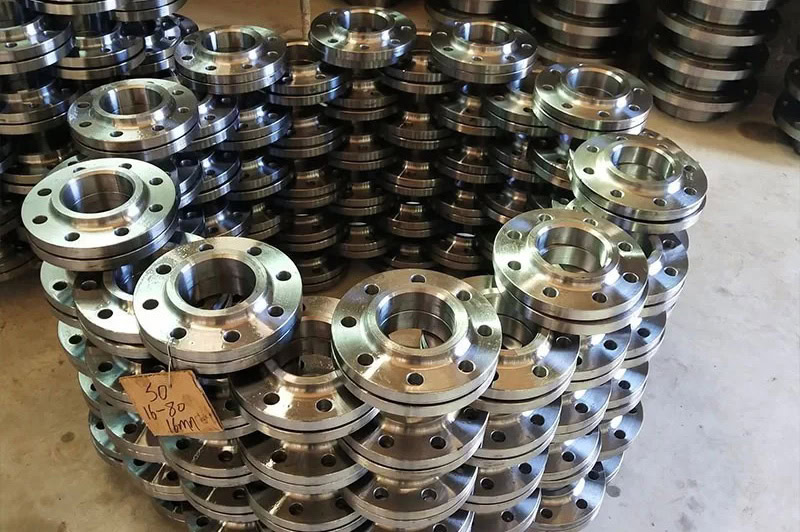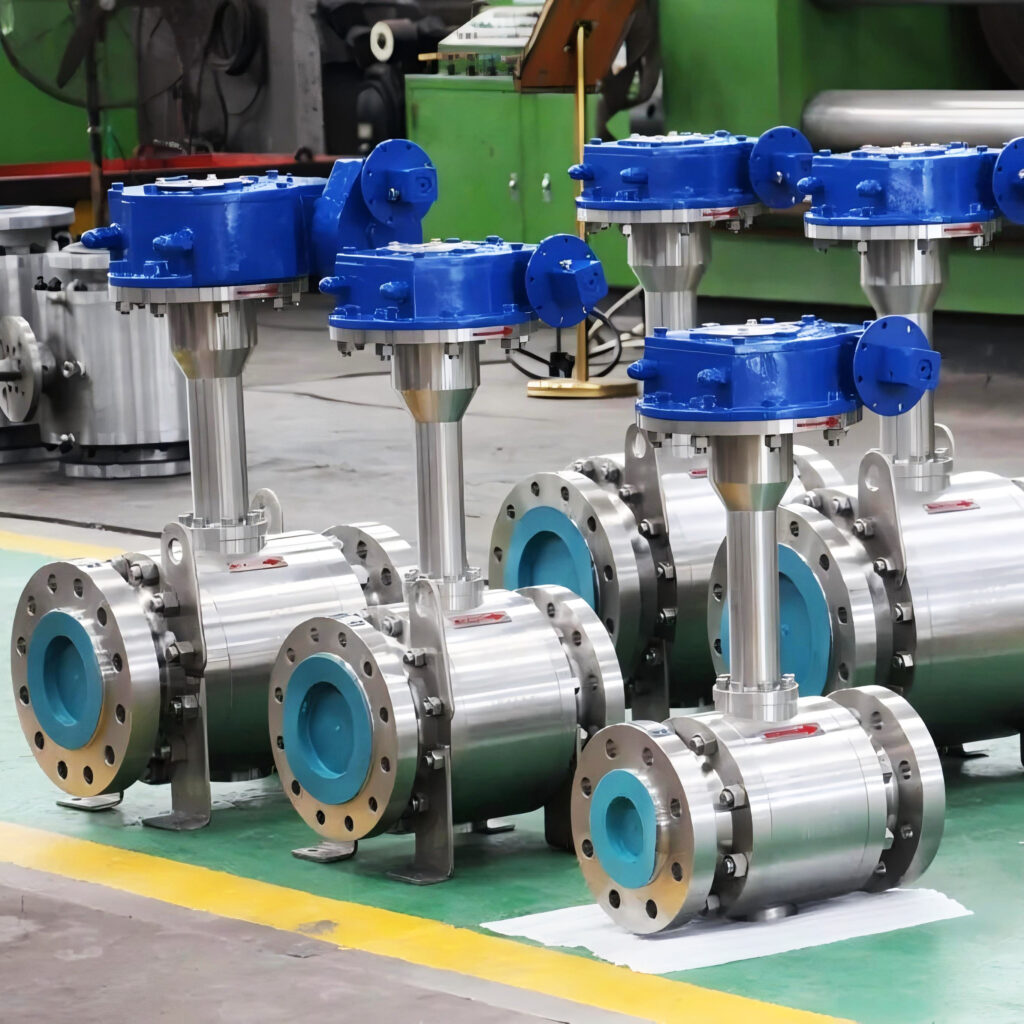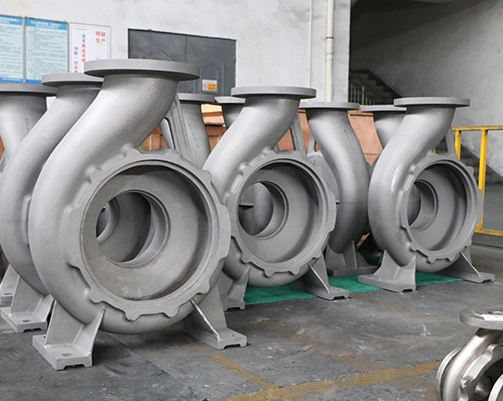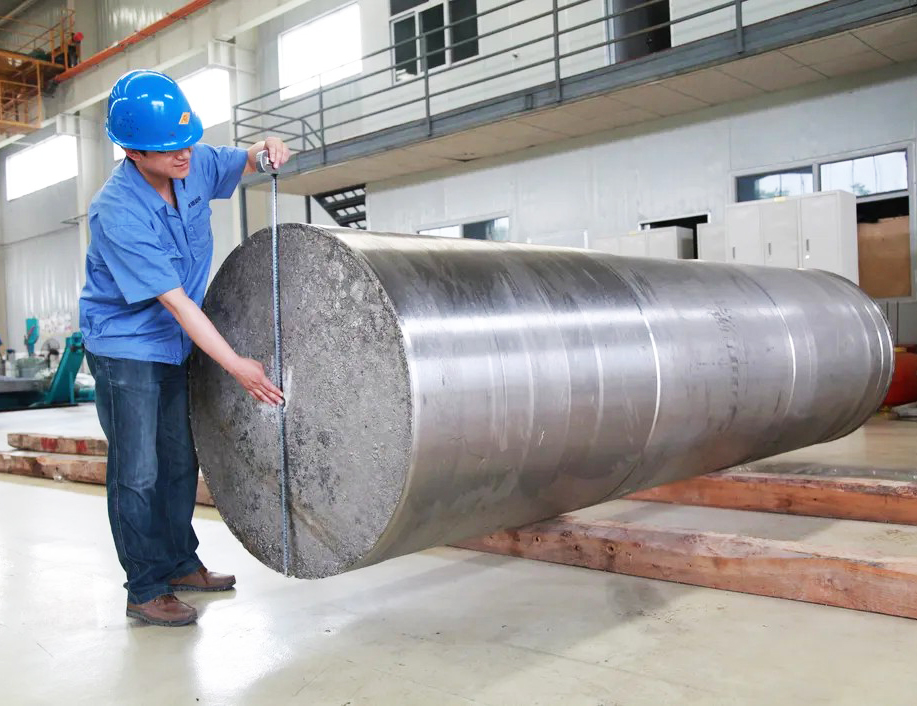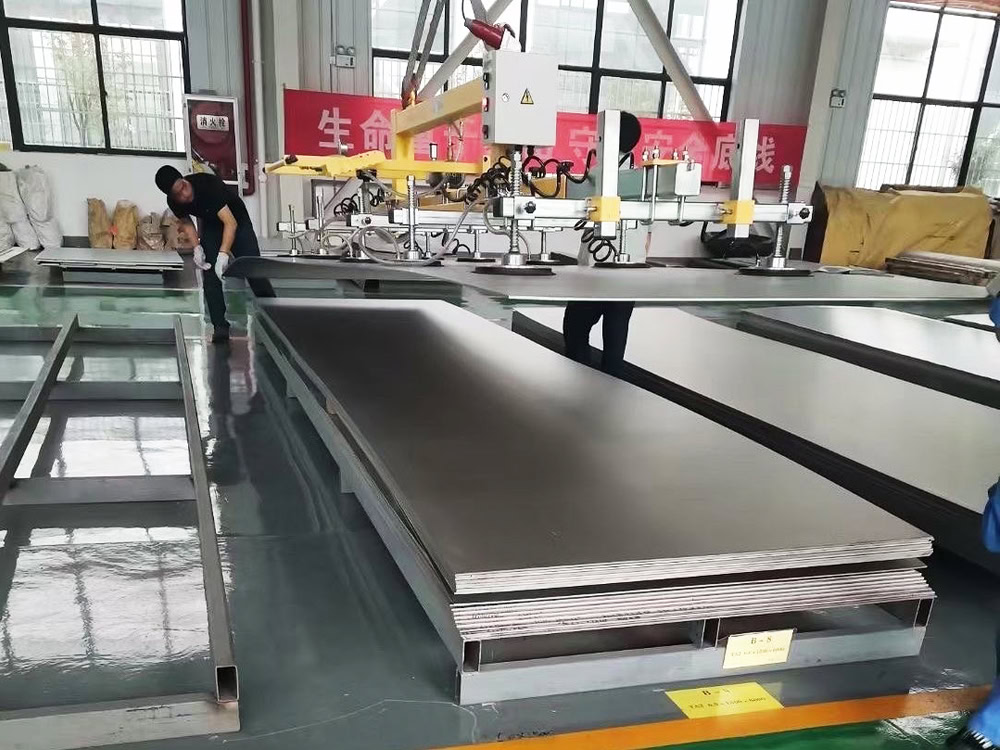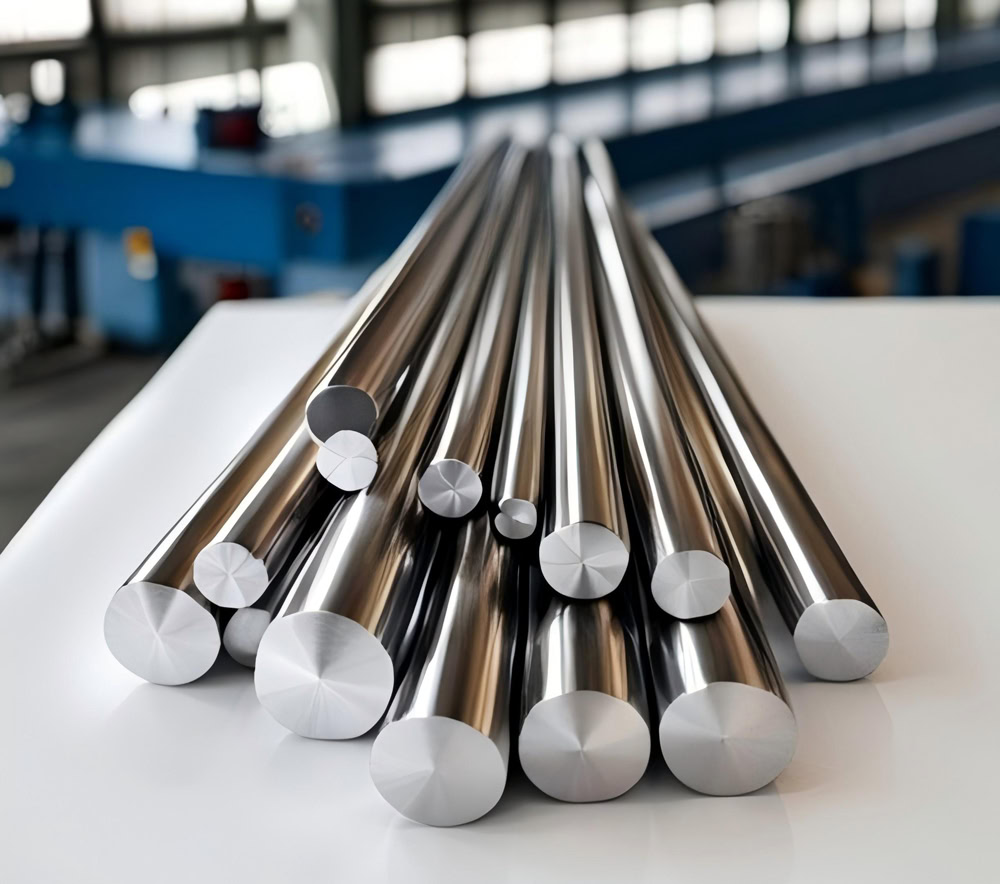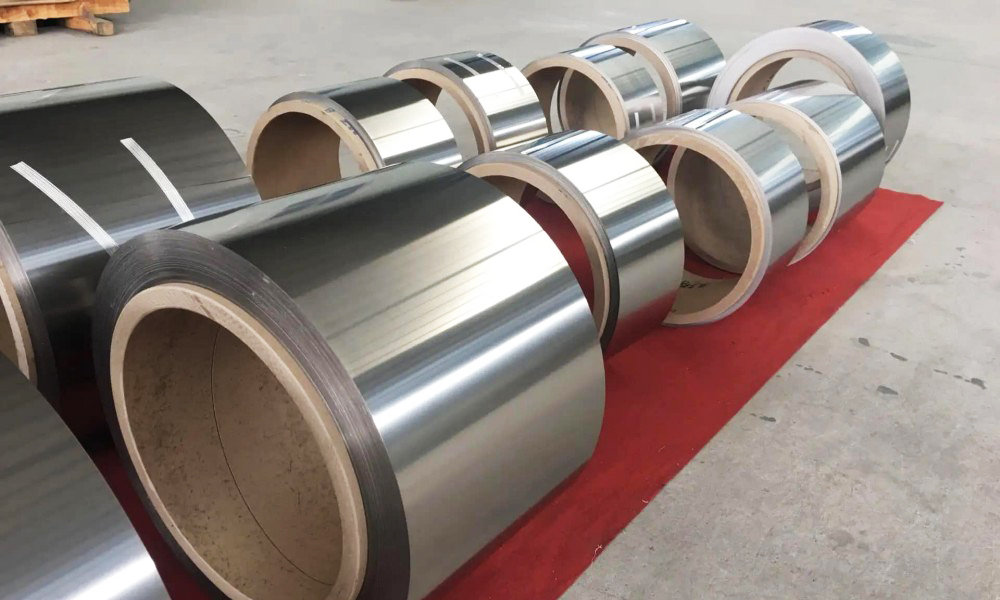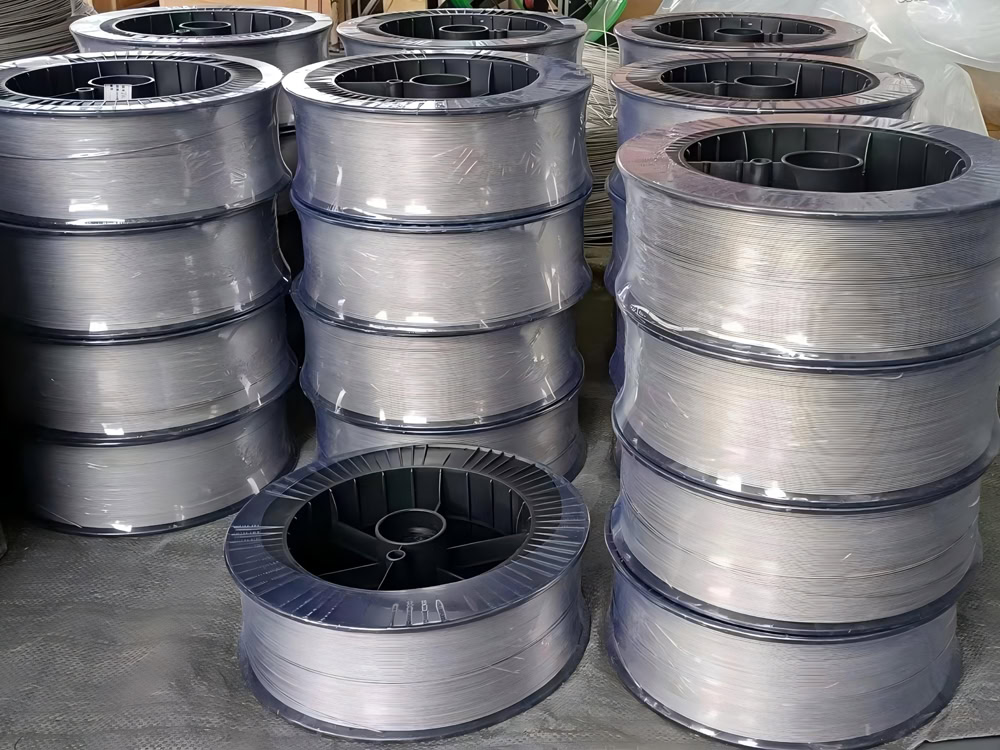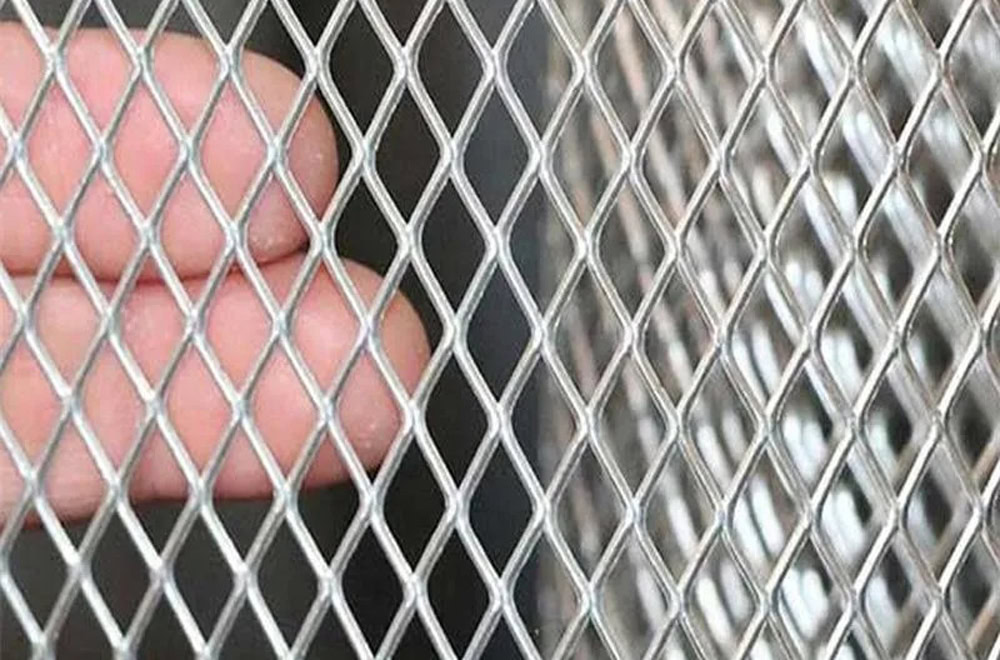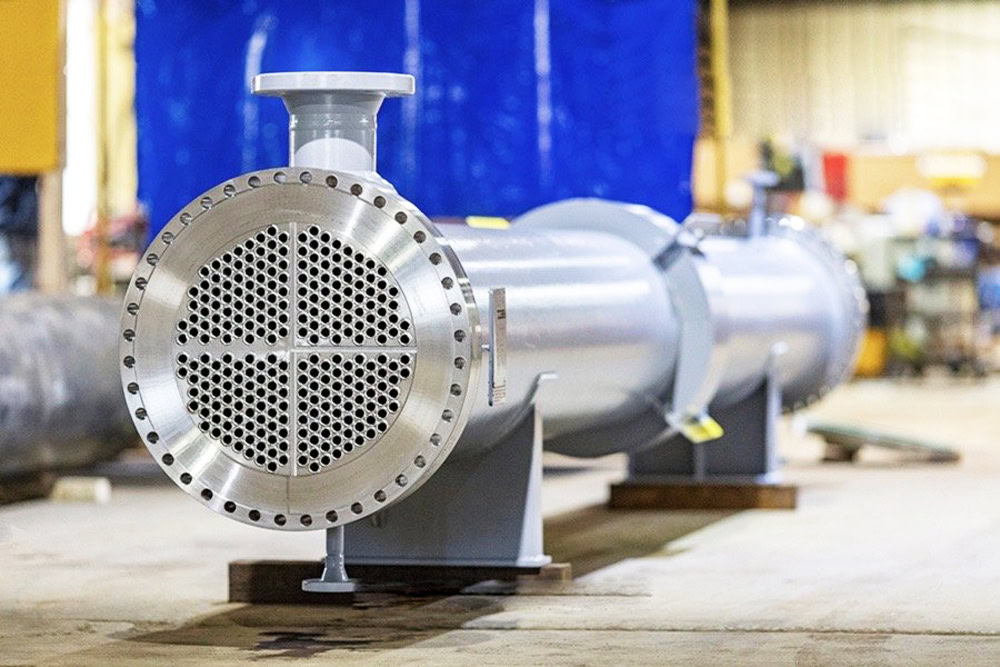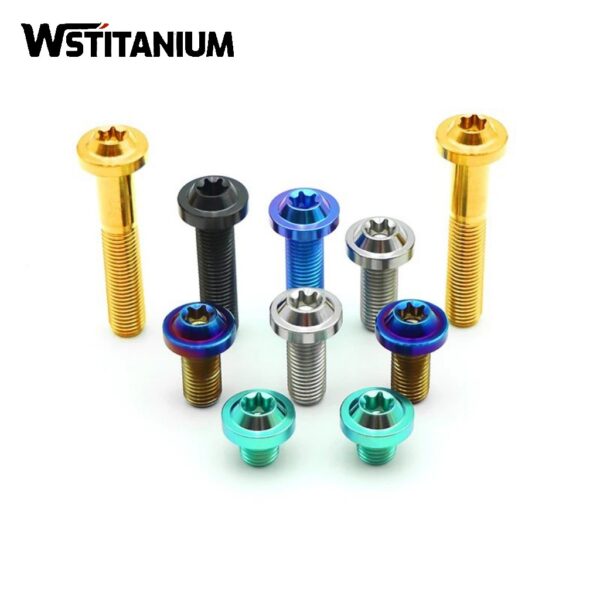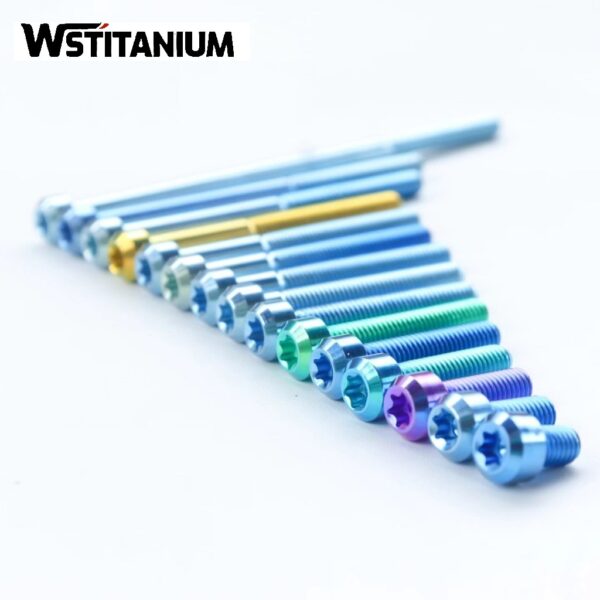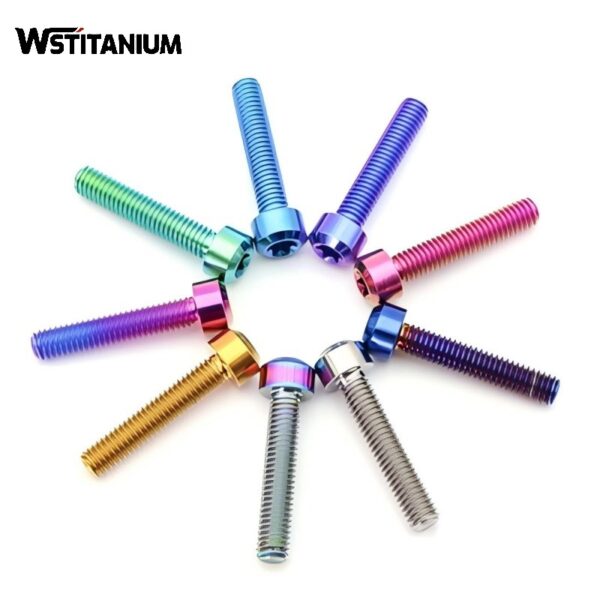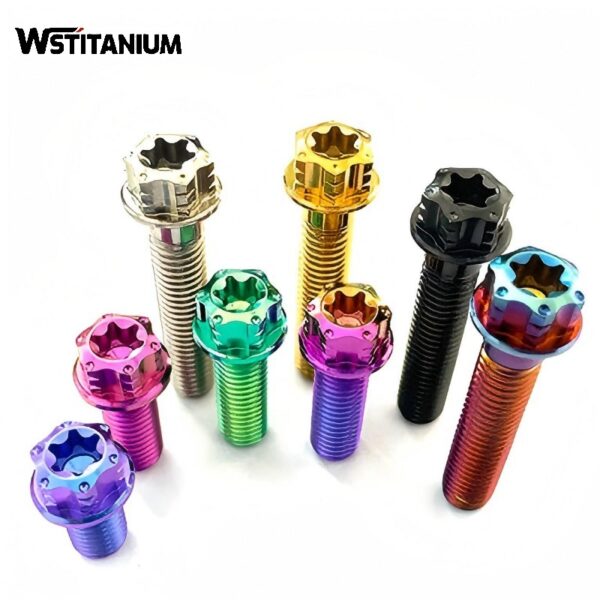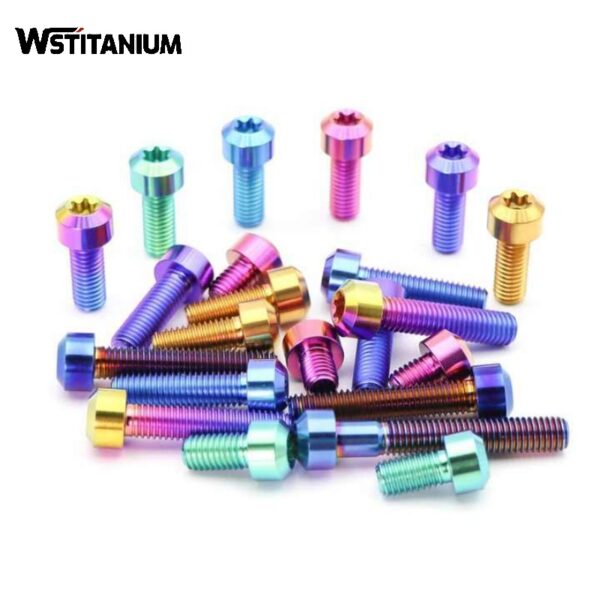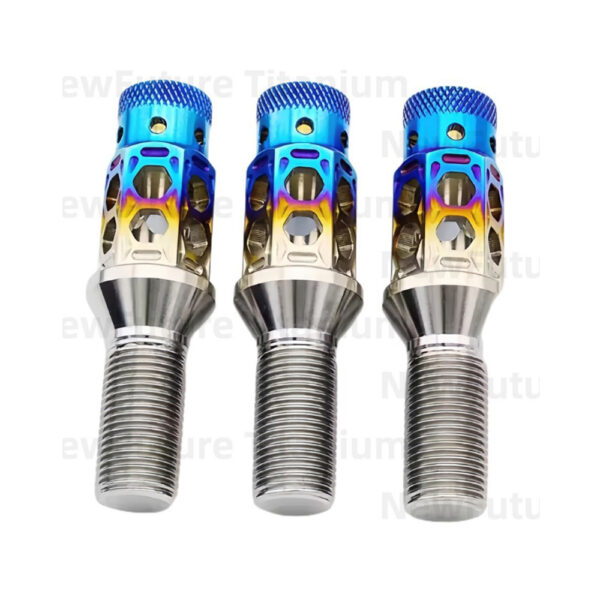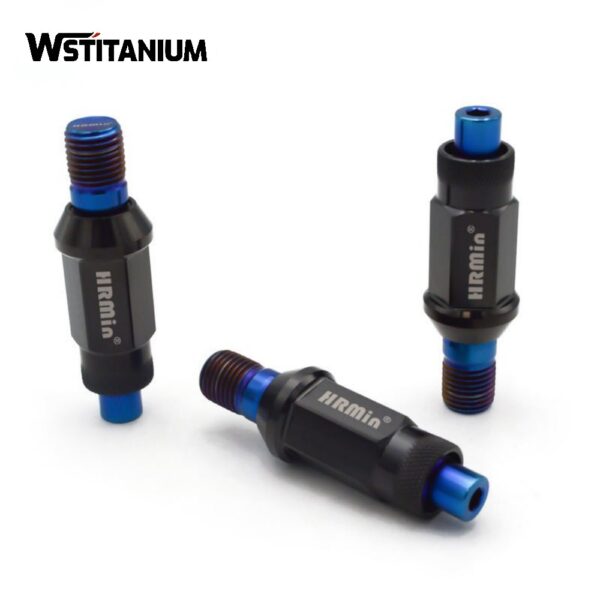MMO Titanium Anode Linear
Certified: CE & SGS & ROHS
Shape: Requested
Diameter: Customized
Drawings: STEP, IGS , X_T, PDF
Shipping: DHL, Fedex, or UPS & Ocean Freight

20+ YEARS EXPERIENCE SENIOR BUSINESS MANAGER
Ask Michin For What You Want?
Innovation in electrode form has always been a key factor driving technological advancement. Compared to traditional plate and mesh anodes, linear MMO titanium anodes, with their core advantage of a linear structure, offer flexible adaptability, uniform current distribution, and efficient mass transfer, making them a breakthrough in confined spaces, custom-shaped equipment, and high-precision electrochemical applications. These linear electrodes, based on an industrially pure titanium substrate and coated with a composite coating of precious metal oxides (MMO coatings) such as ruthenium, iridium, and tantalum, inherit the core advantages of the MMO titanium anode: strong corrosion resistance, high catalytic activity, and long life. Their “wire” form factor expands their application potential, making them a key component for addressing specialized electrochemical needs.
Linear MMO titanium anodes offer long-term, stable operation in acidic, alkaline, high-salt, and high-temperature environments, without the risk of heavy metal leaching. For example, in soil cathodic protection, their lifespan can reach over 30 years, far exceeding the five years of graphite wire electrodes. In micro-electrolysis reactors, their linear structure enables uniform current distribution at the micron level, meeting the demands of precise synthesis. As electrochemical technology develops towards “miniaturization, high precision, and long cycle”, the technical value and market demand of MMO titanium anode wire continue to rise, and it has become the core consumables of high-end electrochemical equipment.
| Technical Measurement | Performance |
| Coating Element | Iridium Oxide (IrO₂), Ruthenium Oxide (RuO₂),Platinum |
| Substrate Material | Titanium Gr1 or Gr2 |
| Titanium Anode Shape | Customized Plate/Mesh/Tube/Rod/Wire/Disc |
| Coating Thickness | 8~20 μm |
| Coating Uniformity | 90% min. |
| Current Density | ≤ 20000 A/m² |
| Operating Voltage | ≤ 24V |
| PH Range | 1~14 |
| Temperature | < 80 °C |
| Fluoride Ion Content | < 50 mg/L |
| Warranty | More than 5 years |
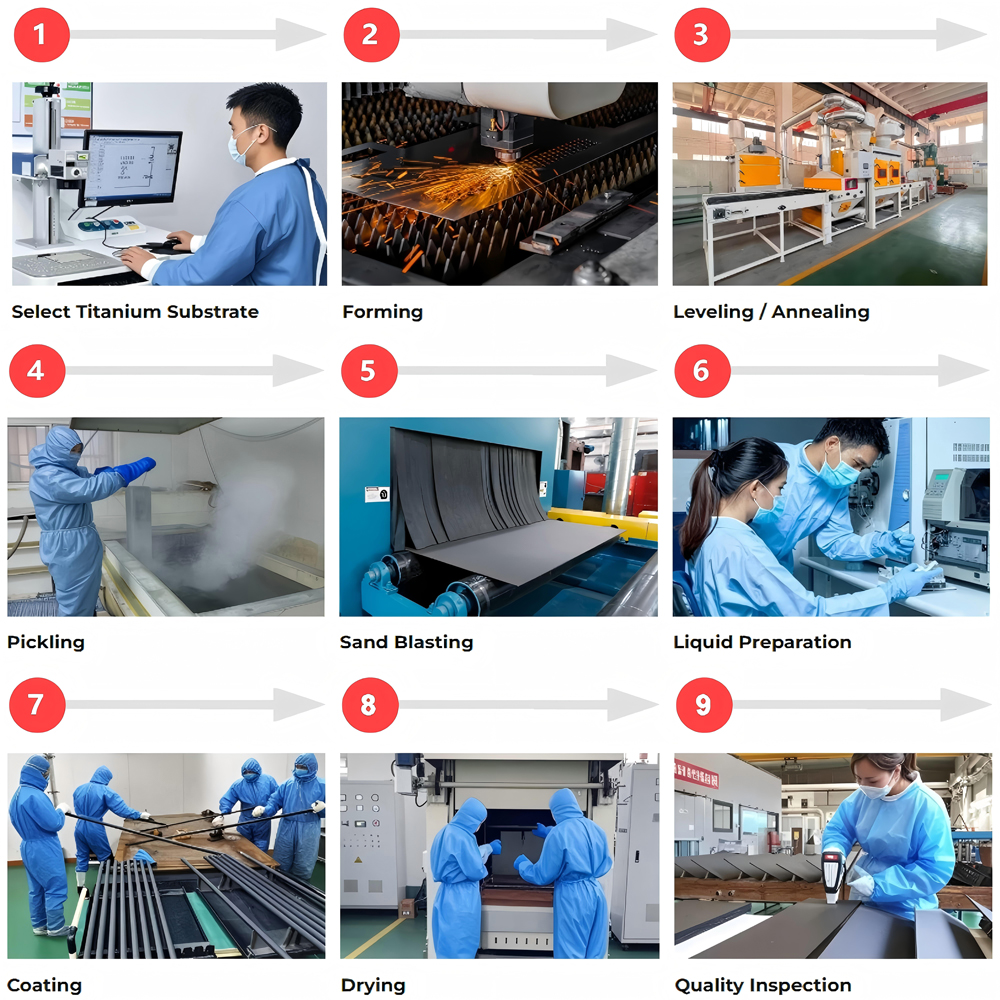
Wire MMO Titanium Anode Specifications
The design specifications of wire MMO titanium anodes must precisely match the space constraints, current requirements, and dielectric properties of the application scenario. Key parameters include substrate specifications, coating system, physical properties, and customization. The combination of different specifications directly determines the electrode’s compatibility and performance.
(I) Substrate Specifications
As the carrier of the MMO coating, the substrate’s material, diameter, and length directly affect the electrode’s mechanical strength and electrical conductivity, forming the core starting point for specification design:
Substrate Material: ASTM B 265 Gr1 commercially pure titanium is used. This material contains ≥99.5% titanium and offers excellent corrosion resistance (stable in environments with Cl⁻ concentrations <200,000 mg/L) and low hydrogen embrittlement susceptibility, preventing substrate cracking during electrolysis. Compared to Gr2 titanium alloy, Gr1 pure titanium offers superior ductility, enabling the processing of finer diameter wires, and more stable electrical conductivity (resistivity ≤0.42 μΩ·m).
Diameter Specifications: Based on the space requirements of the application scenario, mainstream diameters are divided into three categories:
Micro Specifications: Diameters of 0.5-1.0mm are suitable for confined spaces such as micro-electrolysis reactors and medical equipment. For example, in the electrochemical module of a microfluidic chip, a 1.0mm diameter anode wire ensures uniform current distribution within the channel.
Conventional Specifications: Diameters of 1.0-3.0mm are suitable for applications such as cathodic protection and small and medium-sized electrolyzers. For example, a 2.0mm diameter is commonly used in soil cathodic protection, balancing strength and current conduction (current carrying capacity of 5-10A/m).
Heavy-Duty Specifications: Diameters of 3.0-6.0mm are suitable for industrial applications with high current demands, such as corrosion protection of the inner walls of large storage tanks. A 6.0mm diameter anode wire can carry a current of 20-30A/m and is not easily deformed by mechanical impact.
Standard lengths: 10m, 20m, and 50m per roll, suitable for batch applications in conventional equipment. For example, in pipeline cathodic protection, a 20m/roll anode wire reduces the number of joints and lowers contact resistance.
Customized lengths: Up to 1000m/roll (requiring special winding equipment) are available, suitable for large-scale projects, such as cathodic protection of long-distance oil pipelines. 1000m of continuous wire allows for uninterrupted deployment, avoiding corrosion hazards at joints.
(II) Coating Specifications
The composition, thickness, and loading of the MMO coating determine the electrode’s catalytic activity and corrosion resistance. It must be precisely designed based on the reaction requirements of the application scenario:
Ruthenium coating (RuO₂-IrO₂-TiO₂): Chlorine-evolving coating with a chlorine evolution potential ≤1.36V. It is suitable for chlorine-containing systems (such as seawater disinfection and high-chloride wastewater treatment). The RuO₂ content in the coating should be 30%-50%, ensuring efficient catalysis of Cl⁻ to HClO.
Iridium coatings (IrO₂-Ta₂O₅): Oxygen-evolving coatings with a moderate oxygen overpotential (1.8-2.0V), suitable for oxidation of refractory organic matter and sulfate systems (such as printing and dyeing wastewater treatment). The addition of Ta₂O₅ improves the coating’s wear resistance by 40%, reducing the wear rate to 1-3 mg/A·a.
Specialty coatings (such as titania composite coatings): Extremely resistant coatings, capable of stable operation in environments with a pH of 0-14 and temperatures ≤120°C, are suitable for treating strong acid and alkaline wastewater, such as fluoride-containing wastewater. Titania coatings prevent F⁻-induced corrosion of the substrate.
Coating thickness: Typically controlled at 8-15 μm, uniform coverage achieved through multiple brushing and sintering processes.
Micro anode wires (diameter <1 mm): Coating thickness 8-10 μm to avoid reduced wire flexibility due to excessively thick coatings.
Low Load (10-15g/㎡): Suitable for low current density applications (such as soil cathodic protection, current density <10A/m²), balancing cost and lifespan.
High Load (20-30g/㎡): Suitable for high current density applications (such as industrial electrolysis, current density >50A/m²), extending the coating’s lifespan to 5-8 years.
(III) Physical Properties
In addition to basic parameters, physical properties and customized designs further expand the electrode’s compatibility:
Smooth Type: Coating surface roughness Ra <1.0μm, suitable for applications requiring high fluid resistance (such as water flow in pipelines) to prevent impurity adhesion.
Rough Type: Coating surface roughness Ra 1.5-3.0μm, achieved through sandblasting pre-treatment, increases specific surface area by over 30%, enhancing catalytic activity, and is suitable for applications requiring efficient mass transfer, such as wastewater treatment.
Connector Type: Customizable based on connection requirements. Common options include titanium threaded connectors (for pipe flanges), crimp connectors (for cables), and welded connectors (for metal equipment interiors). All connectors are treated with corrosion protection to prevent contact corrosion.
Insulation: Customizable local insulation is available. For example, in cathodic protection, the non-working section of the anode wire can be coated with a polytetrafluoroethylene (PTFE) insulation layer (temperature resistant ≤ 260°C) to prevent current leakage and ensure a precise protected area.
Linear MMO titanium anodes have achieved differentiated breakthroughs in multiple fields. In cathodic protection, their linear structure adapts to complex environments such as soil, water, and concrete, providing over 30 years of long-term corrosion protection for oil pipelines, offshore platforms, and bridge rebar. In environmental protection, chlorine-evolving anode wires achieve efficient water disinfection. Specially coated anode wires withstand extreme high-salt environments.
Wstitanium utilizes a “cold drawing-annealing” process on the substrate to achieve ultra-fine 0.5mm diameter machining. The wire diameter tolerance is controlled to ±0.02mm. 1000m continuous production and a three-step pretreatment ensure a solid foundation for coating adhesion. In coating preparation, a customized formulation system adapts to different application requirements. A “multi-pass brushing-gradient sintering” process ensures a circumferential coating uniformity deviation of less than ±0.5μm. Triple quality testing guarantees catalytic performance and lifespan.
Related products
-
Titanium Fasteners
Custom Manufacturing Titanium Screws
-
Titanium Fasteners
Anodized Titanium Screws
-
Titanium Fasteners
Titanium Bolts For Motorcycle
-
Titanium Fasteners
Titanium Flanged Hex Bolt
-
Titanium Fasteners
Titanium Fasteners Manufacturer and Supplier
-
Titanium Fasteners
Titanium Bolts Supplier
-
Titanium Products
Titanium Fasteners For Motorcycles
-
Titanium Fasteners
Colored Gr5 Manifold Titanium Bolts
